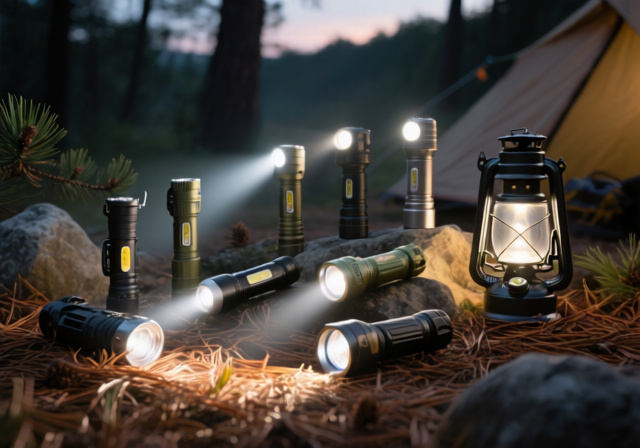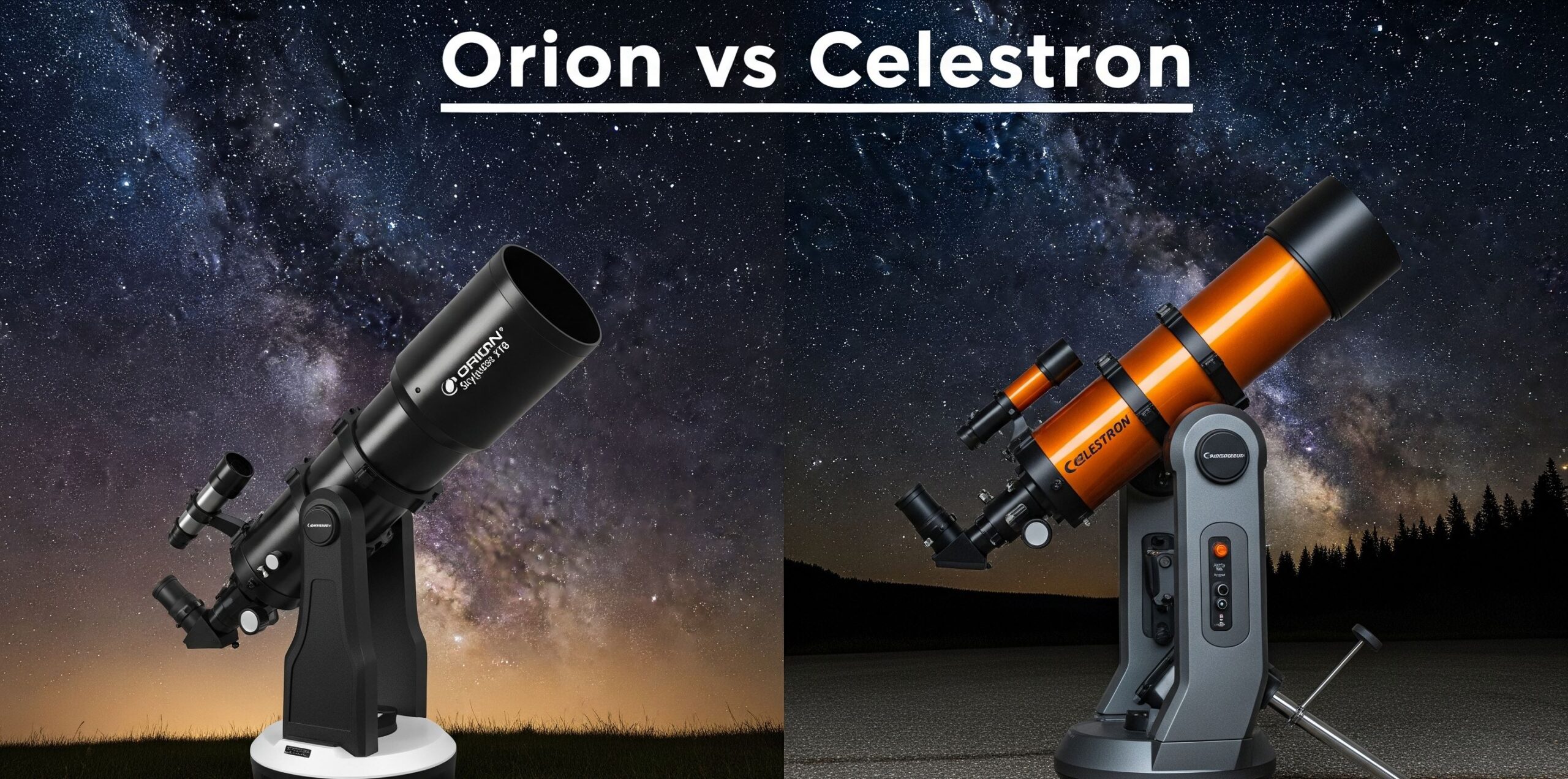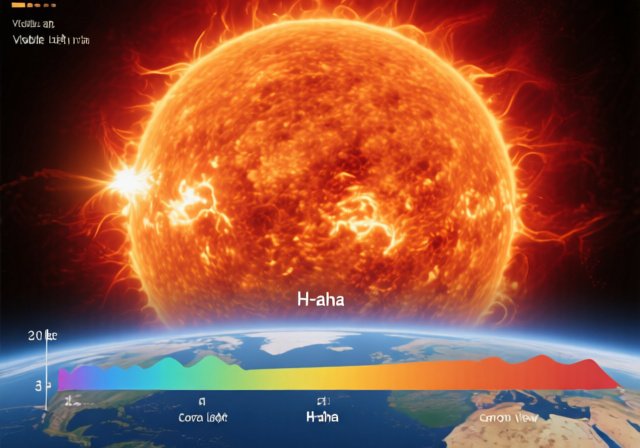



Choosing between Orion and Celestron telescopes has been a debate among astronomy enthusiasts for decades. Both brands have earned stellar reputations for producing quality optical instruments that serve everyone from curious beginners to seasoned stargazers. In 2025, understanding the key differences between these telescope manufacturers helps you make an informed decision for your astronomical journey.
Note: Orion Telescopes ceased operations in July 2024. While their products remain excellent choices on the used market, new purchases and warranty support are no longer available.
Before diving into specific models, consider what you want to observe. Planetary observers often gravitate toward Celestron’s Schmidt-Cassegrain designs, which excel at high magnification views of Jupiter’s cloud bands and Saturn’s rings. Deep-sky enthusiasts traditionally preferred Orion’s large-aperture Dobsonians, which gather more light for viewing faint galaxies and nebulae. In 2025, many astronomers choose based on whether they prioritize portability (Celestron’s compact SCTs) or maximum aperture per dollar (Orion’s Dobsonians).
Celestron pioneered computerized GoTo technology in consumer telescopes, making their NexStar series incredibly popular among beginners who want to find objects quickly. Their SkyAlign technology lets you align the telescope using any three bright objects – you don’t even need to know their names. Orion focused more on manual “push-to” systems like IntelliScope, which guide you to objects without motors. This approach appealed to purists who enjoy the hunt but still want assistance locating challenging targets.
Both brands built their reputations on solid construction, though with different philosophies. Orion’s Dobsonians featured simple, robust designs with minimal electronics to fail. Their XT series became legendary for reliability – many units from the 1990s still perform flawlessly today. Celestron’s computerized models incorporate more technology, which means more potential failure points but also more features. Their optical quality, particularly in the NexStar SE series, remains consistently excellent across production runs.
These 8-inch telescopes represent each brand’s philosophy perfectly. The Orion SkyQuest XT8 Classic Dobsonian delivers maximum aperture for your dollar with a simple, stable mount that requires no power. Its 203mm mirror gathers 78% more light than 6-inch models, revealing intricate details in galaxies and resolving globular clusters into pinpoint stars.
The Celestron NexStar 8SE takes a different approach, mounting the same 8-inch aperture in a compact Schmidt-Cassegrain design on a computerized fork mount. This telescope automatically locates and tracks over 40,000 celestial objects, making it ideal for those who want to spend more time observing and less time hunting.
What Users Say:
XT8 owners praise its rock-solid stability and bright views, though some find the manual operation limiting for photography. NexStar 8SE users love the GoTo convenience but note the need for power supply and occasional alignment issues. Both deliver stunning views – your choice depends on whether you prefer simplicity or technology.
For beginners seeking technological assistance without breaking the bank, these models offer innovative solutions. The Orion StarBlast 6i IntelliScope combines a 150mm tabletop reflector with a computerized object locator that guides you to targets using directional arrows – no motors required.
Celestron’s StarSense Explorer DX 130AZ revolutionizes beginner astronomy by using your smartphone as a real-time star chart. Simply dock your phone, launch the app, and follow the on-screen arrows to your target. The 130mm reflector provides sharp views while the technology makes finding objects incredibly intuitive.
Moving up in aperture and capability, the 10-inch Orion SkyQuest XT10 represents the sweet spot for visual observers. Its massive light grasp reveals subtle details invisible in smaller instruments – spiral arms in galaxies, intricate nebula structures, and countless stars in clusters. The Dobsonian mount keeps costs reasonable while maintaining stability.
Celestron’s Advanced VX 8″ EdgeHD targets a different audience – those interested in astrophotography. The EdgeHD optics eliminate edge-of-field aberrations while the German equatorial mount provides precise tracking for long exposures. Though more complex to set up, this combination opens doors to serious deep-sky imaging.
Understanding these companies’ histories provides context for their design philosophies. Celestron, founded in 1964 by Tom Johnson, revolutionized amateur astronomy by making Schmidt-Cassegrain telescopes affordable. Their C8 became the longest continuously produced telescope in history. Today, Celestron operates under Synta Technology Corporation, maintaining offices in California while manufacturing primarily occurs in China.
Orion Telescopes began in 1975 when Tim Gieseler started selling telescopes from his garage in Santa Cruz, California. The company became employee-owned in 2017, emphasizing customer service and value. Unfortunately, Orion ceased operations in July 2024 due to various market pressures, ending nearly 50 years of serving amateur astronomers. Their closure highlights the challenging economics of the telescope industry.
One significant difference between these brands was warranty coverage. Celestron offers a 2-year warranty on telescopes and accessories, with lifetime coverage on many binoculars. Their technical support remains available via phone, email, and live chat, with most users reporting positive experiences. The warranty covers defects in materials and workmanship but is non-transferable.
Orion provided a 1-year warranty with their famous 30-day satisfaction guarantee. Their customer service earned high praise throughout their operation. With Orion’s closure, warranty support has ended, making Celestron’s longer coverage more valuable for new purchases in 2025.
Both companies pushed telescope technology forward in different ways. Celestron’s innovations include:
Orion’s contributions focused on mechanical excellence and value:
Through decades of refinement, each brand developed specialties. Celestron became synonymous with Schmidt-Cassegrain telescopes, perfecting the compact design that fits substantial aperture into portable packages. Their fork-mounted SCTs balance visual observation with astrophotography potential.
Orion mastered the Dobsonian reflector, offering more aperture per dollar than any other design. Their XT series Dobsonians became the standard against which others are measured. They also excelled at refractors for wide-field viewing and quality accessories at reasonable prices.
Astronomy forums reveal consistent patterns in user experiences. Celestron NexStar owners frequently mention the convenience of GoTo technology but note the learning curve for alignment and the need for power. Many report years of reliable service with proper care. The optical quality receives universal praise, particularly for planetary observation.
Orion telescope users emphasized the brand’s value proposition and customer service. The simplicity of Dobsonian mounts meant fewer mechanical issues. Many astronomers started with Orion and remained loyal customers, purchasing multiple telescopes as their interests evolved. The sudden closure left many feeling the loss of a trusted partner in their astronomy journey.
With Orion’s exit, consider these alternatives:
The telescope industry continues evolving in 2025. Smart telescopes from companies like Unistellar and Vaonis represent new directions, though traditional brands like Celestron adapt by introducing features like the Origin intelligent observatory. The fundamentals remain unchanged – aperture rules for light gathering, quality optics matter, and stable mounts enhance the experience.
For new purchases in 2025, Celestron represents the safe choice with ongoing support and wide availability. Their range covers every skill level and interest. Consider these guidelines:
Choose Celestron if you:
Consider used Orion if you:
The Orion vs Celestron debate doesn’t have a clear winner because both excelled in different areas. Celestron’s strength lies in technological innovation and compact designs, making astronomy accessible through computerization. Their ongoing presence ensures continued support and development. Orion’s legacy lives on through thousands of telescopes providing stunning views with minimal complexity. Their focus on value and customer service set standards the industry still strives to match.
For today’s buyers, Celestron offers the security of an established company with comprehensive product lines. Yet the used market presents opportunities to acquire Orion’s excellent optics at attractive prices. Whether you choose Celestron’s technological approach or find a cherished Orion instrument, both paths lead to the same destination – the wonders of the night sky. As we progress through 2025, the telescopes from both brands continue revealing the universe’s secrets to curious observers worldwide.







